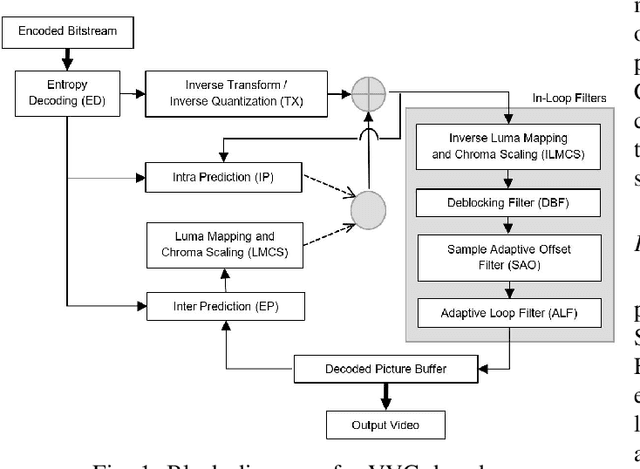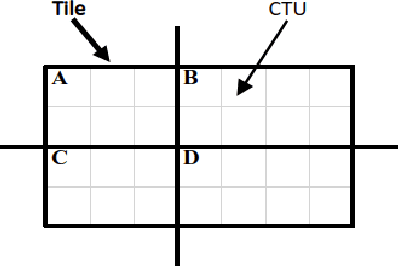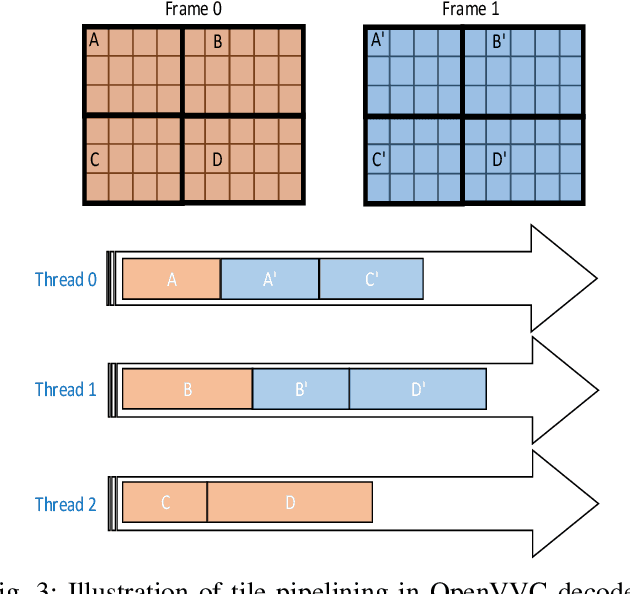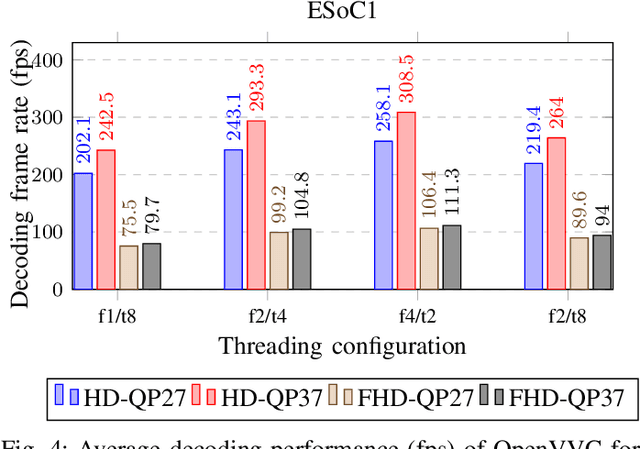Miguel Chavarrías
SLIMBRAIN: Augmented Reality Real-Time Acquisition and Processing System For Hyperspectral Classification Mapping with Depth Information for In-Vivo Surgical Procedures
Mar 25, 2024



Abstract:Over the last two decades, augmented reality (AR) has led to the rapid development of new interfaces in various fields of social and technological application domains. One such domain is medicine, and to a higher extent surgery, where these visualization techniques help to improve the effectiveness of preoperative and intraoperative procedures. Following this trend, this paper presents SLIMBRAIN, a real-time acquisition and processing AR system suitable to classify and display brain tumor tissue from hyperspectral (HS) information. This system captures and processes HS images at 14 frames per second (FPS) during the course of a tumor resection operation to detect and delimit cancer tissue at the same time the neurosurgeon operates. The result is represented in an AR visualization where the classification results are overlapped with the RGB point cloud captured by a LiDAR camera. This representation allows natural navigation of the scene at the same time it is captured and processed, improving the visualization and hence effectiveness of the HS technology to delimit tumors. The whole system has been verified in real brain tumor resection operations.
Performance Analysis of Optimized Versatile Video Coding Software Decoders on Embedded Platforms
Jun 30, 2022



Abstract:In recent years, the global demand for high-resolution videos and the emergence of new multimedia applications have created the need for a new video coding standard. Hence, in July 2020 the Versatile Video Coding (VVC) standard was released providing up to 50% bit-rate saving for the same video quality compared to its predecessor High Efficiency Video Coding (HEVC). However, this bit-rate saving comes at the cost of a high computational complexity, particularly for live applications and on resource-constraint embedded devices. This paper presents two optimized VVC software decoders, named OpenVVC and Versatile Video deCoder (VVdeC), designed for low resources platforms. They exploit optimization techniques such as data level parallelism using Single Instruction Multiple Data (SIMD) instructions and functional level parallelism using frame, tile and slice-based parallelisms. Furthermore, a comparison in terms of decoding run time, energy and memory consumption between the two decoders is presented while targeting two different resource-constraint embedded devices. The results showed that both decoders achieve real-time decoding of Full High definition (FHD) resolution over the first platform using 8 cores and High-definition (HD) real-time decoding for the second platform using only 4 cores with comparable results in terms of average consumed energy: around 26 J and 15 J for the 8 cores and 4 cores embedded platforms, respectively. Regarding the memory usage, OpenVVC showed better results with less average maximum memory consumed during run time compared to VVdeC.
 Add to Chrome
Add to Chrome Add to Firefox
Add to Firefox Add to Edge
Add to Edge